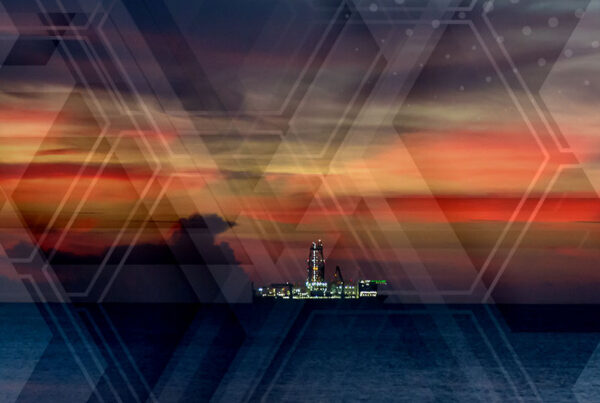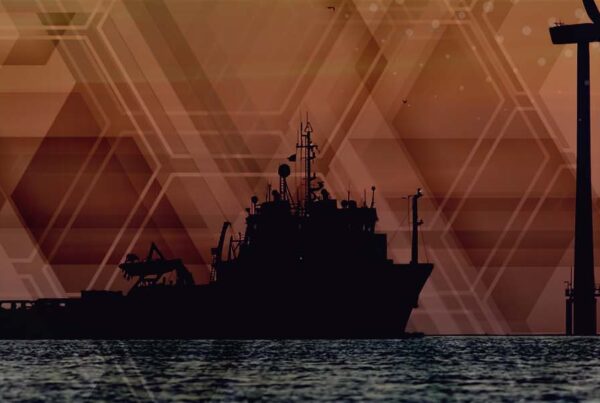 History repeats itself. In January 1959 the first LNG vessel shipped out from Lake Charles, Louisiana to deliver its trial cargo to Europe. Soon, another important LNG shipment is going to leave the Gulf of Mexico. This time, the destination is Lithuania – one of the first deliveries from Cheniere’s Sabine Pass LNG export terminal will be sent to Port of Klaipėda in January 2016.
History repeats itself. In January 1959 the first LNG vessel shipped out from Lake Charles, Louisiana to deliver its trial cargo to Europe. Soon, another important LNG shipment is going to leave the Gulf of Mexico. This time, the destination is Lithuania – one of the first deliveries from Cheniere’s Sabine Pass LNG export terminal will be sent to Port of Klaipėda in January 2016.
Driven by significantly higher natural gas prices compared within Western-Europe, Lithuania took the decision to reduce dependence on Russia by building an LNG import terminal. The project was executed within three years and the Independence FSRU (Floating Storage and Regasification Unit) started operations in December 2014. If planned gas infrastructure developments are delivered in the future, Lithuania will be able to cover domestic natural gas demand from LNG and even export gas to its neighbors. As a result, Gazprom has offered a gas price discount of almost 20% to the country.
Other Central-Eastern European countries are seeking to diversify their gas import sources through LNG. After a two-year project delay, the Polish LNG terminal is scheduled to start its commercial operation in May 2016. The Croatian Government has also announced the construction of an LNG import terminal as a strategic investment project which has recently received the location permit on Krk Island. If Hrvatska LNG passes the final investment decision next year, the plant could be commissioned in 2019.
Currently, 26 LNG import terminals are in operation in the EU-28 countries, with annual regasification capacity of 195bcm. An additional 23bcm/y of capacity is currently under construction with 13bcm/y expected to come online this year with the start of the Dunkerque LNG Terminal in France. Total European LNG import capacity already exceeds recent Russian exports volumes. With extensive LNG export infrastructure developments in North America and Australia, and slowing gas demand growth in China and Japan, more LNG is anticipated to be available to European gas markets, potentially reshaping the continent’s natural gas landscape significantly.
Patrik Farkas, Douglas-Westwood Houston
+1 713 714 4885 or [email protected]




